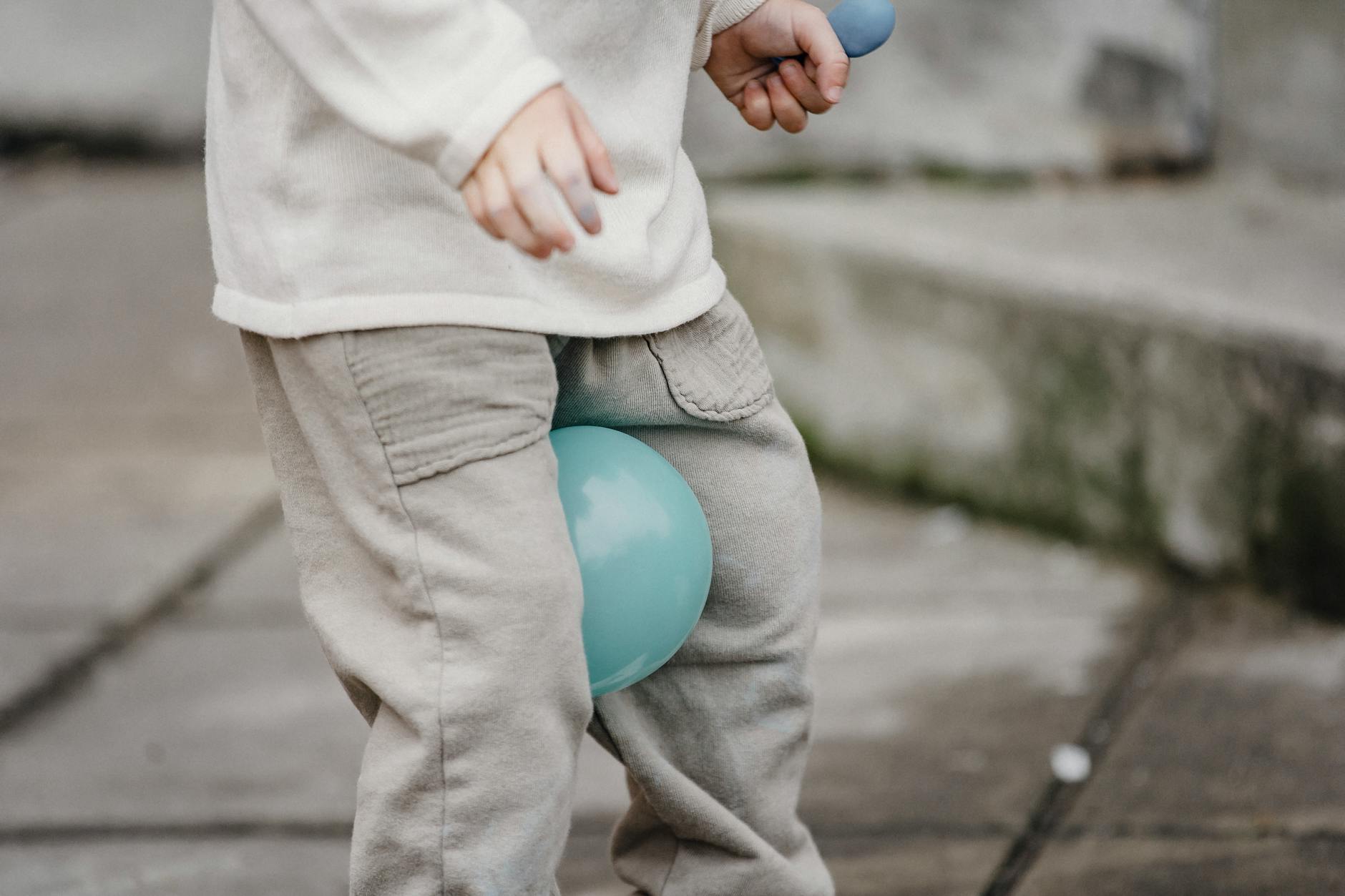Discover the key to finding the perfect bike size for your child and ensure their cycling adventures are safe and enjoyable!
Table of Contents
When it comes to choosing a bike for your child, getting the right size is crucial. Not only does it ensure their comfort and safety while riding, but it also sets them up for a positive biking experience. In this ultimate guide, we’ll delve into the importance of selecting the correct bike size for children, share essential safety tips for cycling with kids, and explore the best balance bikes for 2-year-olds.
Why Bike Size Matters for Kids
One of the key factors in ensuring your child’s safety and enjoyment while cycling is selecting the right bike size. A bike that is too small can be uncomfortable and challenging to ride, while a bike that is too big can be dangerous and difficult to control. To determine the correct bike size for your child, you’ll need to take their height and inseam measurement into account.
When measuring your child for a bike, have them stand against a wall with their feet flat on the ground. Measure the distance from the floor to their inseam to get an accurate idea of the frame size they need. It’s important to avoid the temptation to buy a bike that your child will “grow into,” as it can compromise their safety and hinder their cycling experience.
Common mistakes parents make when choosing a bike size for their child include focusing solely on the child’s age rather than their height, assuming all bikes are the same size, and overlooking the importance of adjustability in the bike’s components. By avoiding these pitfalls and prioritizing a proper fit, you can set your child up for a successful biking journey.
Safety Tips for Cycling with Kids
When it comes to cycling with kids, safety should always be a top priority. One of the most crucial safety measures is ensuring that your child wears a properly fitting helmet whenever they ride their bike. Helmets can reduce the risk of head injuries in the event of a fall or collision, making them an essential piece of protective gear.
In addition to helmets, it’s important to teach your child the rules of the road and proper cycling etiquette. This includes signaling turns, obeying traffic signals, and riding in a predictable manner. By instilling good cycling habits early on, you can help your child become a responsible and confident cyclist.
When riding with kids, it’s essential to choose safe routes that are suitable for their skill level. Avoid busy streets and opt for bike paths or quiet neighborhood roads whenever possible. Be sure to supervise your child closely and provide guidance on navigating intersections, stopping at crosswalks, and avoiding hazards on the road.
Best Balance Bikes for 2-Year-Olds
Balance bikes are an excellent option for young children who are just starting to explore the world of cycling. These pedal-less bikes help kids develop balance, coordination, and confidence before transitioning to a traditional bike. When choosing a balance bike for a 2-year-old, there are several factors to consider.
Look for a balance bike with a low seat height that allows your child to touch the ground with both feet while sitting. This will help them feel stable and in control as they learn to balance on two wheels. Additionally, opt for a lightweight and durable frame that can withstand the wear and tear of active play.
Popular balance bike brands for 2-year-olds include Strider, KaZAM, and Joystar. These bikes come in a range of colors and designs to suit your child’s preferences. Starting your child on a balance bike can make the transition to a traditional bike smoother and more enjoyable, setting them up for a lifetime of cycling adventures.
How to Transition to a Traditional Bike
Once your child has mastered the art of balancing on a balance bike, they may be ready to make the leap to a traditional pedal bike. When transitioning to a traditional bike, it’s essential to choose the right size frame and components to ensure a comfortable and safe riding experience.
When selecting a traditional bike for your child, pay attention to the frame size, seat height, and handlebar reach. A bike that is too big or too small can be challenging to ride and may lead to discomfort or injury. Consider taking your child to a bike shop to test out different sizes and styles before making a purchase.
During the transition period, be patient and provide support as your child learns to pedal, steer, and brake on a traditional bike. Encourage them to practice in a safe and controlled environment, such as a park or empty parking lot, before venturing out onto busier roads. With time and practice, your child will gain confidence and skill on their new bike.
Conclusion
Choosing the right bike size for your child is essential for their safety, comfort, and enjoyment while cycling. By measuring your child accurately, avoiding common sizing mistakes, and prioritizing adjustability, you can find a bike that fits them perfectly. Remember to prioritize safety when cycling with kids, including wearing helmets, teaching road rules, and selecting safe routes.
For younger children, balance bikes are a fantastic way to build balance and confidence before transitioning to a traditional bike. Look for lightweight and adjustable balance bikes from reputable brands to set your child up for cycling success. When the time comes to move to a traditional bike, choose a size and style that suits your child’s needs and abilities, and provide support as they make the transition.
With these tips and guidelines in mind, you can help your child pedal their way to biking perfection and create lasting memories on two wheels.

